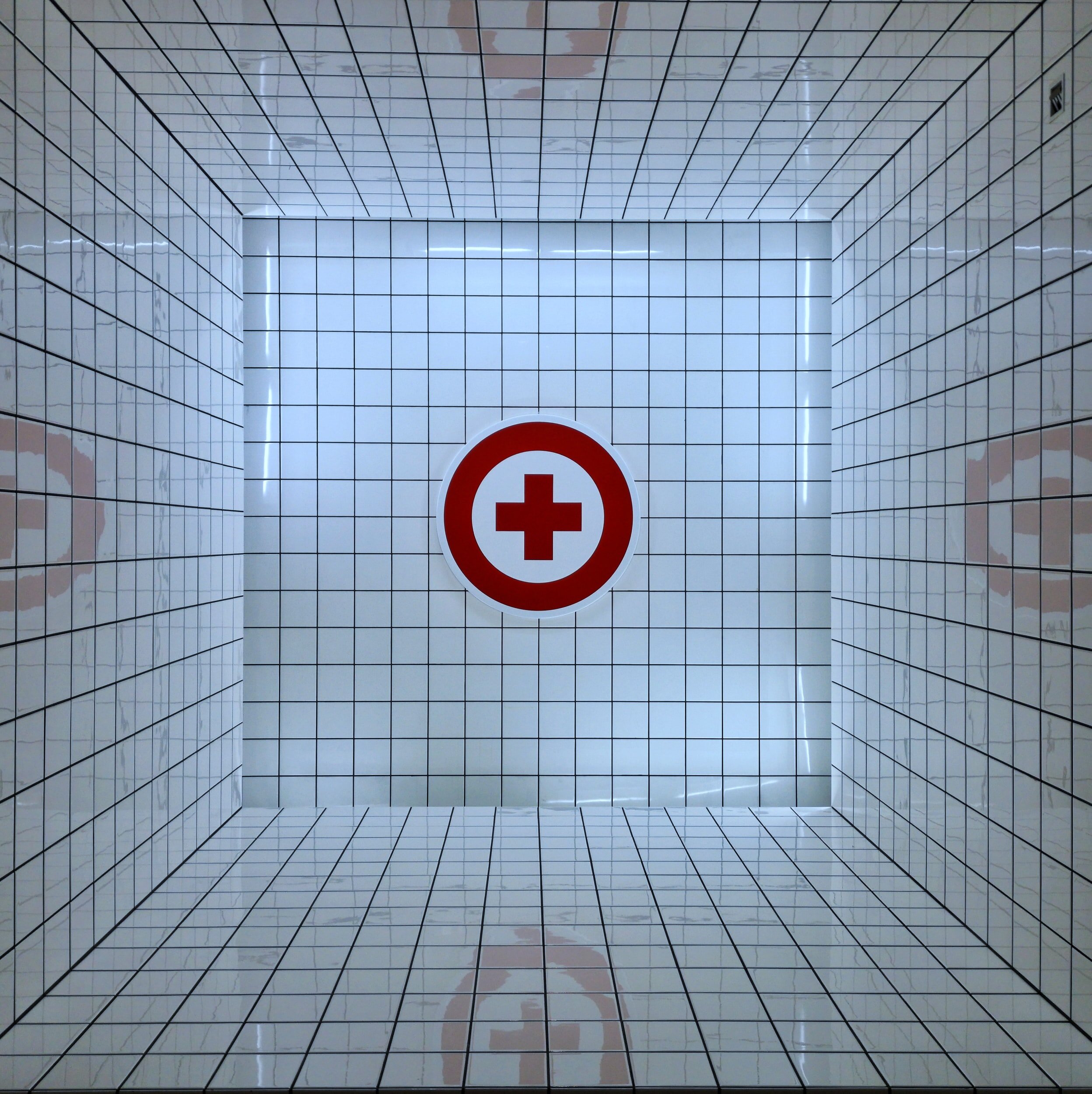What causes rectal bleeding?
There are several possible reasons for rectal bleeding. Bleeding may come from the conditions in the gastrointestinal tract (gut) or from conditions in the anus.
Conditions in the gastrointestinal tract that may cause rectal bleeding include polyps, tumours, infection, inflammation, ulcers and diverticular disease.
Conditions in the anus that may cause rectal bleeding include haemorrhoids (piles), anal fissure, anal fistula, polyps and tumours.





